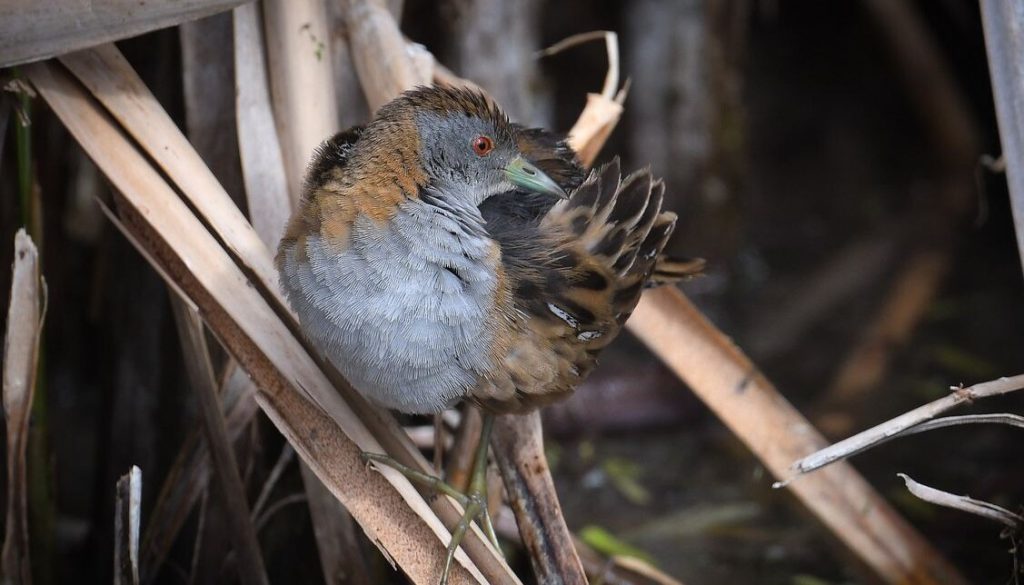In the heart of Melbourne, an unexpected paradise unfolds, transforming what many might see as undesirable into a vibrant haven for bird lovers. This tale highlights the beautiful synergy between nature and human ingenuity, showcasing how a sewage treatment plant has turned into a sanctuary for over 300 bird species. It’s a delightful reminder of how life can flourish even in the most unlikely places.
Every time someone flushes a toilet in Melbourne, a surprisingly transformative journey begins for the waste. As the water flows from the bustling city to the Western Treatment Plant, it embarks on an adventure that many don’t realize leads to one of the region’s most cherished wildlife hotspots.
Once at the treatment plant, excess nutrients are intentionally retained, nurturing a flourishing ecosystem of microbes and insects. These tiny creatures form the cornerstone of a rich food web, drawing countless birds to the marshy landscape surrounding Phillips Bay in Victoria. Here, soaring above the wetlands, birdwatchers can spot a dazzling array of feathered creatures, including the rare orange-bellied parrot and the graceful brolga crane.
This incredible facility processes an astonishing 50 billion gallons of sewage and wastewater each year, utilizing 32 vast lagoons. Some of these lagoons lack oxygen, allowing harmful bacteria to be filtered out, while beneficial ones help break down waste. Meanwhile, the oxygen-rich lagoons work diligently to minimize nitrogen levels, preventing harmful algae blooms before the treated water rejoins the bay.
As Cody McCormack, a conservation officer with Melbourne Water, shares, the nutrients intentionally left in the outgoing water play a crucial role in sustaining the site’s biodiversity. His commitment to balancing nature and human needs shines through his infectious passion for birdwatching, especially for the shorebirds that frequent the area.
“The excess nutrition supports insects and plants, creating an ideal environment for birds,” Cody explains with a twinkle in his eye. He often finds himself torn between managing water levels to attract more shorebirds and the relentless growth of vegetation that springs up with every muddy expanse he unveils.
Birdwatchers eager to experience this unique haven can apply for access to the site, receiving a special key to unlock the natural wonders within. A quick search on platforms like Flickr reveals a captivating gallery of the species that flock to this remarkable place—a testament to the beauty and richness that nature can foster.
This enchanting tale of resilience and restoration serves as a reminder that with a little creativity and care, we can transform even the most unlikely spaces into thriving ecosystems. Share this heartwarming story with the birdwatchers in your life and inspire them to discover this unexpected oasis!
If you would like to see similar good news stories click here & Share this to brighten someone’s day.






